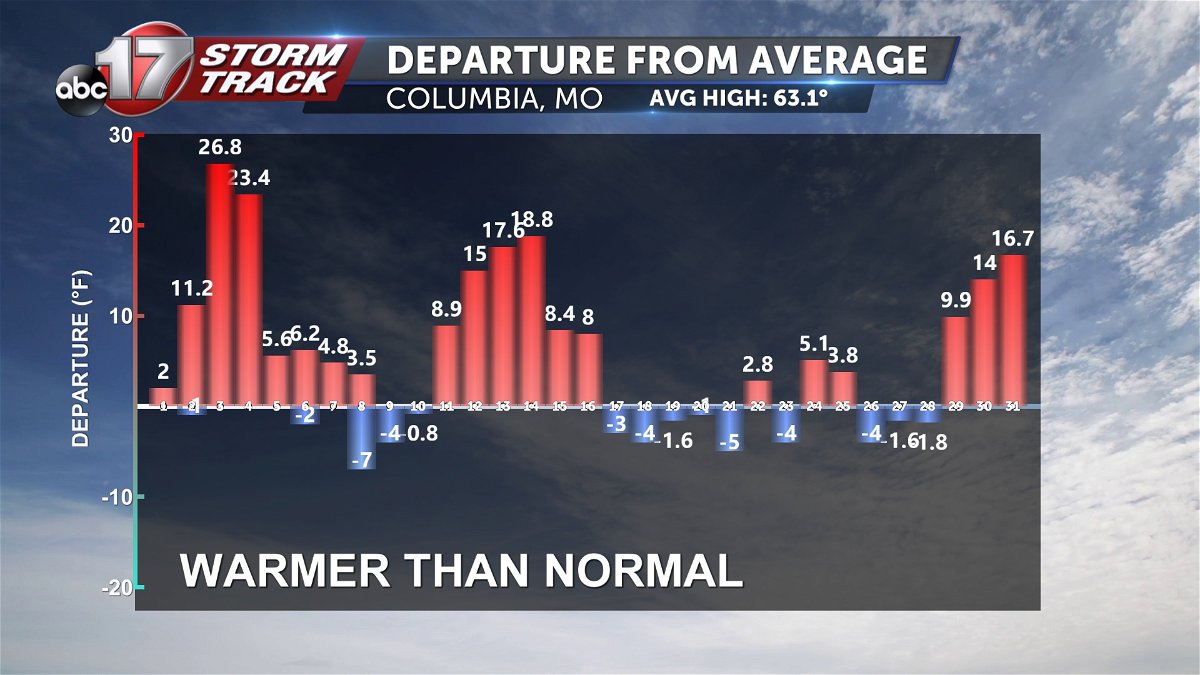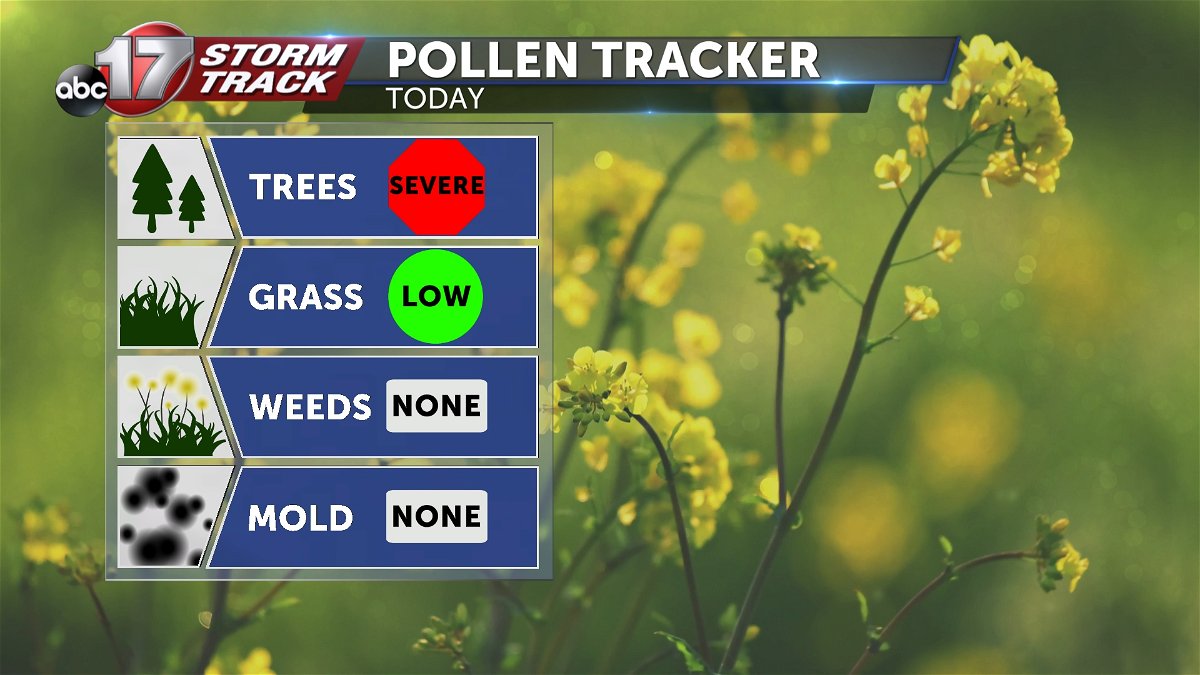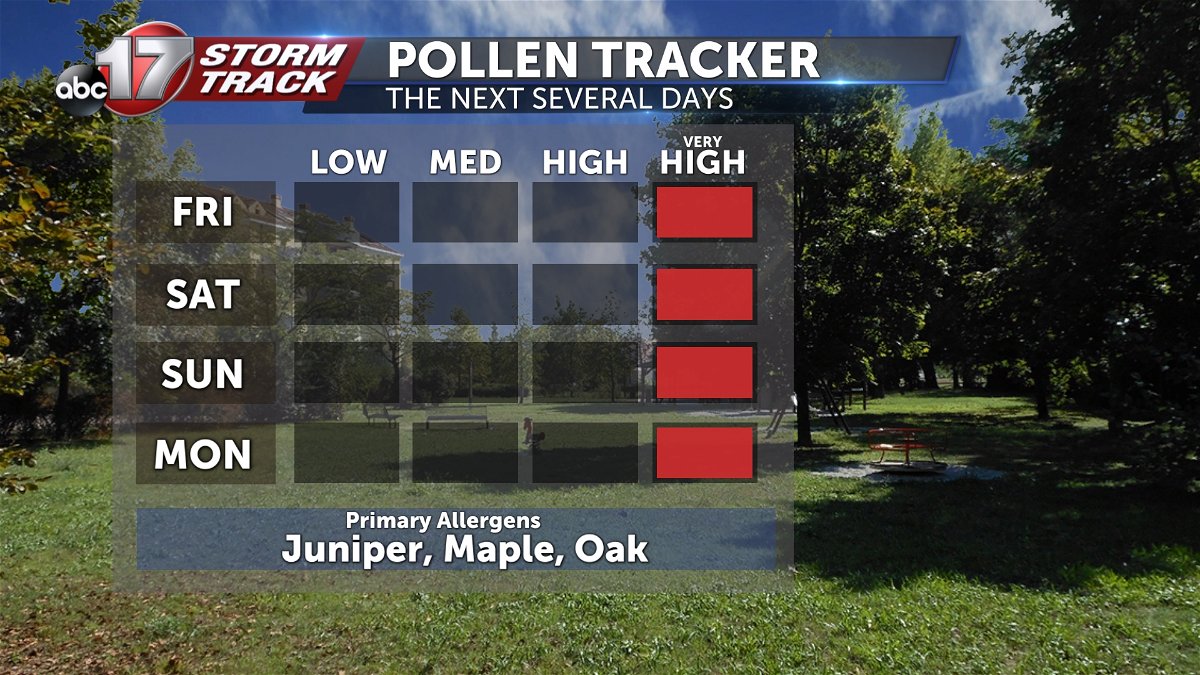Tree pollen season ahead of time and what to expect
It's been a warmer start to the spring season which has lead to a early start to the spring allergy season for many people across Mid-Missouri.
Cindy Rose who is a nurse practitioner at the University of Missouri Health Services explains, "It started increasing sooner (tree pollen allergy reactions) than what we would normally see. So I would agree the season started earlier than expected and was worse in the beginning than what we normally see early on our testing."

The reasoning for an ahead of schedule start to the season and severity is most likely due to the warmer temperatures Mid-Missouri has seen in comparison to the average typically seen.
The month of March saw an increase in temperatures departing substantially warmer more days than cooler by a substantial increment. The average high for the month of March in Columbia sits at 56.3 degrees, while this past March we sat at 63.1 degrees. This allowed for the pollination process to begin well-ahead of time spurring issues for unsuspecting patients with pollen sensitivities.

An increase in winds during active times of the year for pollen creation leads to an increased pollen count due to the atmosphere's effectiveness to transport these allergens over a greater distance. Wind gusts have reached up to 39 mph this afternoon causing severe levels of tree pollens to spread.

The next several days offer no relief from increased tree pollen levels in the atmosphere as winds into this weekend look to remain gusty up to 30 mph.
The primary pollens experienced for Mid-Missouri are currently Juniper, Maple, and Oak. One of the most common trees across Mid-Missouri that produces a substantial amount of pollen is Oak trees. These trees spread a yellow tinted hue across cars and outdoor furniture every year. The peak season for Oak pollen typically lies within late April and early May, but this peak is suspected to arrive even earlier by up to two week.
